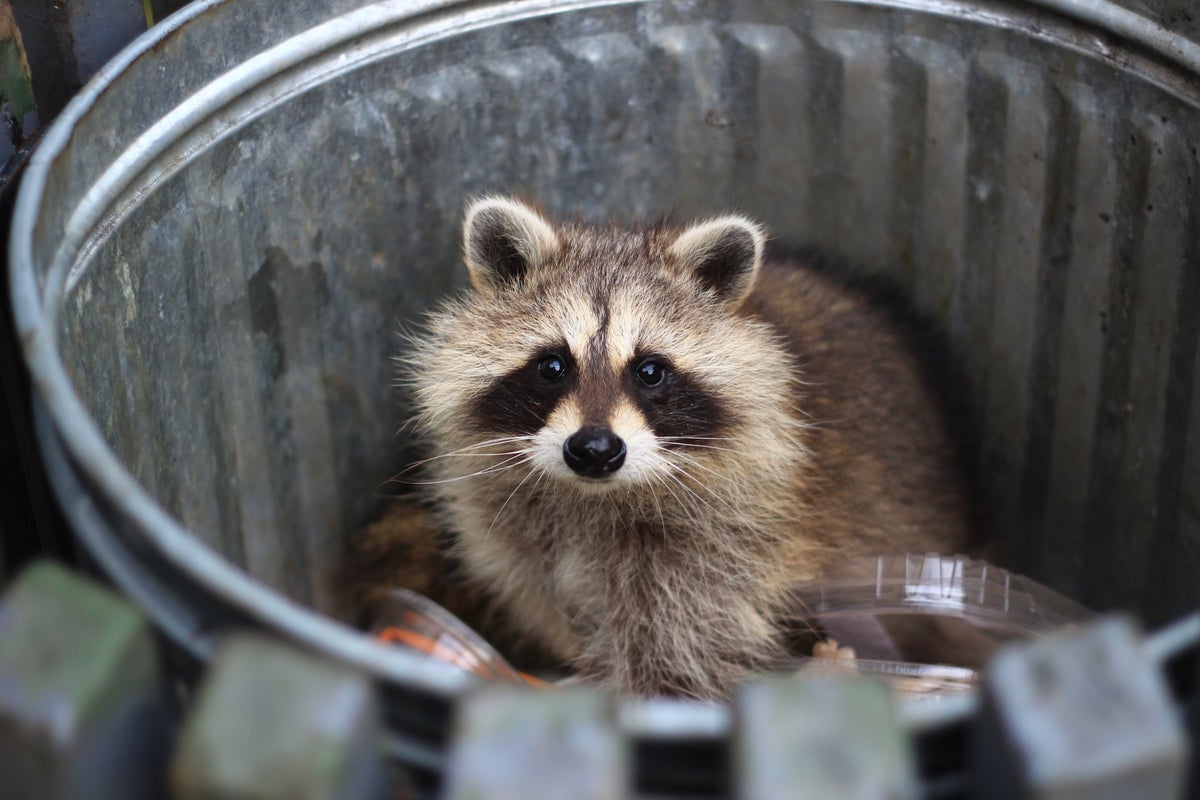
"One thing about us humans is that, wherever we go, we produce a lot of trash, says the study's co-author and University of Arkansas at Little Rock biologist Raffaela Lesch. Piles of human scraps offer a bottomless buffet to wildlife, and to access that bounty, animals need to be bold enough to rummage through human rubbish but not so bold as to become a threat to people."
"Proto-dogs, for example, would have dug through human trash heaps, and cats were attracted to the mice that gathered around refuse. Over time, individual animals that had a reduced fight-or-flight response could feed more successfully around humans and pass their nonreactive behavior on to their offspring."
Raccoons in urban areas are showing physical and behavioral changes that reflect early stages of domestication as they adapt to human environments. Human refuse creates abundant food sources that favor animals willing to exploit trash while remaining nonthreatening, producing intense selection for reduced fear and cautious boldness. Animals with reduced fight-or-flight responses gain feeding advantages and pass nonreactive behavior to offspring. Tameness correlates with morphological traits such as shorter faces, smaller heads, floppy ears, and white fur patches, a suite known as domestication syndrome. Similar commensal relationships likely aided early dog and cat domestication.
Read at www.scientificamerican.com
Unable to calculate read time
Collection
[
|
...
]